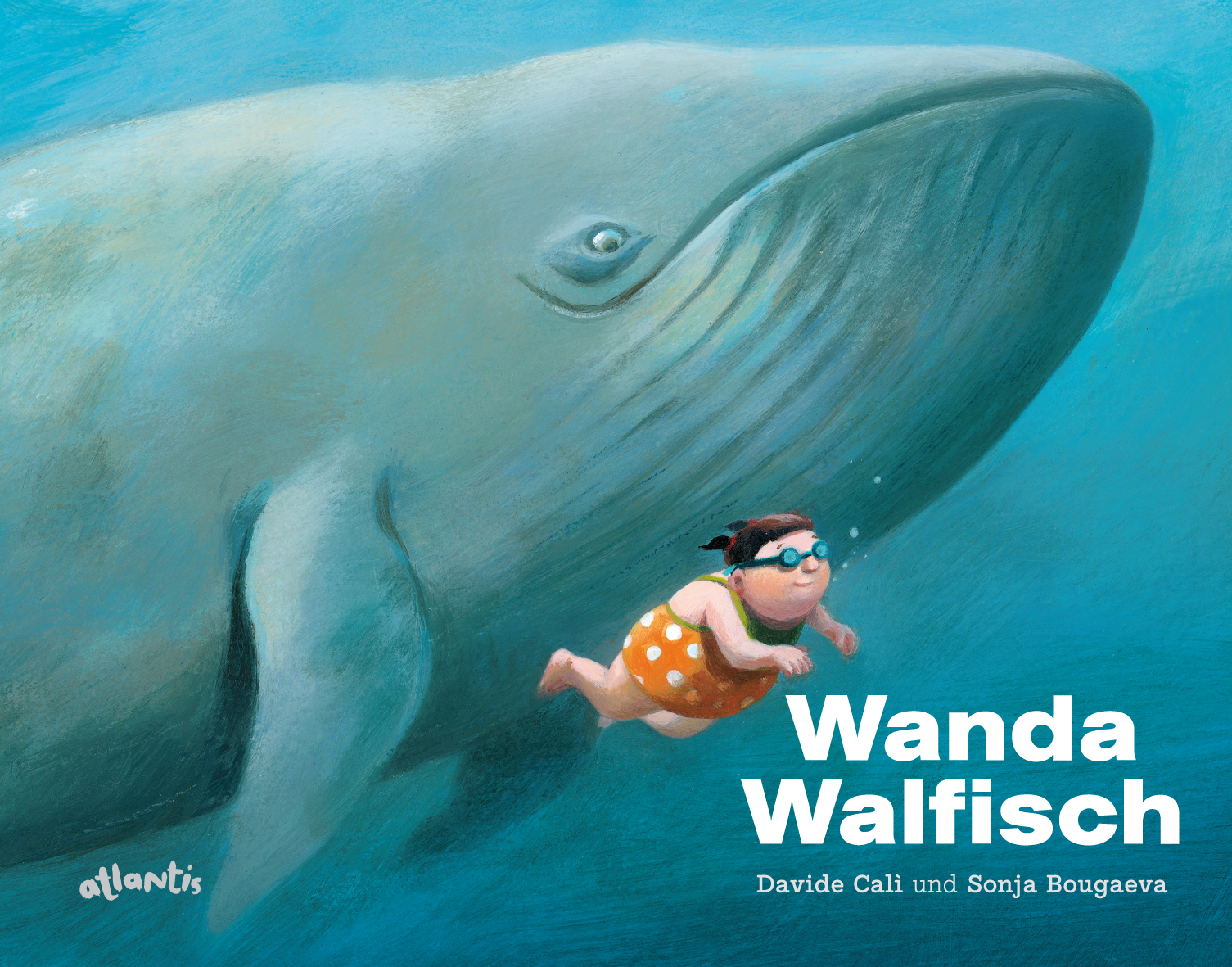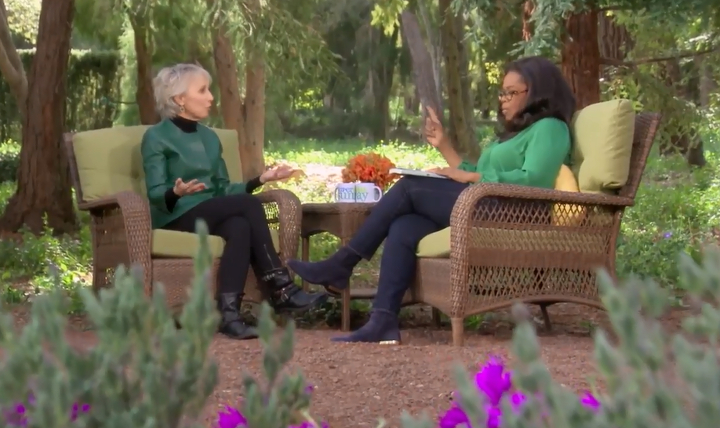Of Whales and Monsters: Visual Fat Politics in Contemporary Children’s Picture Books

Fat bodies are not en vogue. In current advertisements, films, books, magazines, etc. we hardly find fat children’s bodies at all or depicted in a positive way. In her recentbook Fa(t)shonista, the German fat activist and feminist Magda Albrecht describes her childhood and her weight as a permanent occasion to comment on. The ideology of childhood seems to be one of lightness, friendship, joy, and normative bodies. Fat children or even fat heroines remain almost invisible, they are ”missing bodies” in a discourse in which certain bodies are of higher value than others, as Monica J. Casper and Lisa Jean Moore pointed out. Moreover, when fat children are depicted, they are often shown without heads or from the back. Psychotherapist…



